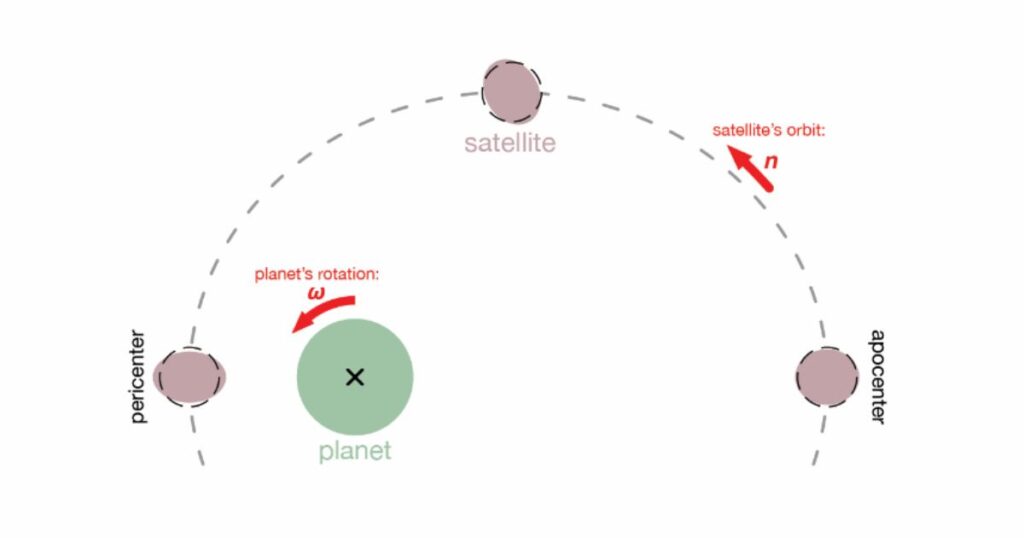scientists revealed groundbreaking insights into Io, one of Jupiter’s moons. Io’s volcanoes are windows into its hot interior, offering a glimpse into the moon’s fiery secrets. This discovery was made possible by NASA’s Juno spacecraft, which has been studying Jupiter and its moons.
The Solar System’s most volcanically active body is Io. It has over 400 active volcanoes. These volcanoes are not just random eruptions; they are driven by a process called tidal heating. Tidal heating occurs because of the gravitational pull from Jupiter and its neighboring moons, Europa and Ganymede. This pull causes friction and heat inside Io, leading to volcanic activity.
Juno’s Mission Extended
NASA’s Juno spacecraft was initially sent to study Jupiter. However, its mission was extended to include flybys of Io. These flybys brought Juno within 1500 km of Io’s surface. This close proximity allowed Juno to capture detailed images and data of Io’s volcanic activity.
One of Juno’s instruments, the Jovian Infrared Auroral Mapper (JIRAM), played a crucial role in this research. JIRAM is an infrared spectrometer that can detect heat. It provided valuable data on Io’s volcanic activity and how tidal heating drives it.
New Research Findings
The new research, published in the journal Geophysical Research Letters, was led by Madeline Pettine, a doctoral student in astronomy at Cornell University. The study focused on the distribution of volcanic activity on Io and how it relates to tidal heating.
The researchers found that Io’s volcanoes are not evenly distributed. Most of them are located in the equatorial region. However, the volcanoes at Io’s poles play a significant role in regulating the moon’s interior temperature. This uneven distribution of volcanoes helps scientists understand how tidal heating affects Io’s interior.

Tidal Heating and Habitability
Tidal heating is not just important for Io. It also has implications for other moons in our Solar System. For example, Europa and Ganymede are believed to have subsurface oceans beneath their icy crusts. Tidal heating could provide the necessary warmth to keep these oceans liquid, potentially making them habitable.
Studying Io’s volcanoes helps scientists understand tidal heating better. It is easier to study tidal heating on Io because its volcanic activity is visible on the surface. In contrast, studying tidal heating on moons with thick ice shells, like Europa, is more challenging.
Juno’s Contributions
Juno’s flybys of Io have provided unprecedented close-up views of the volcanic moon. The data collected by JIRAM has been instrumental in understanding Io’s volcanic activity. This research has shown that tidal heating plays a crucial role in shaping Io’s landscape.
The findings also highlight the importance of studying volcanic worlds. By understanding how tidal heating works on Io, scientists can apply this knowledge to other moons and planets. This could help in the search for habitable worlds beyond our Solar System.
The success of Juno’s mission has paved the way for future missions to study Io and other moons. NASA is planning to launch the Europa Clipper mission in the 2020s. This mission will study Europa’s ice shell and subsurface ocean. The insights gained from studying Io will be valuable for the Europa Clipper mission.




